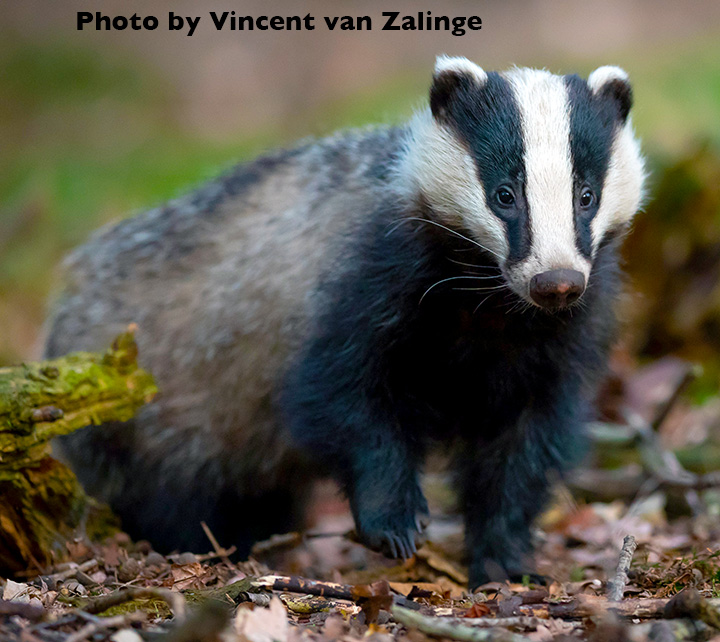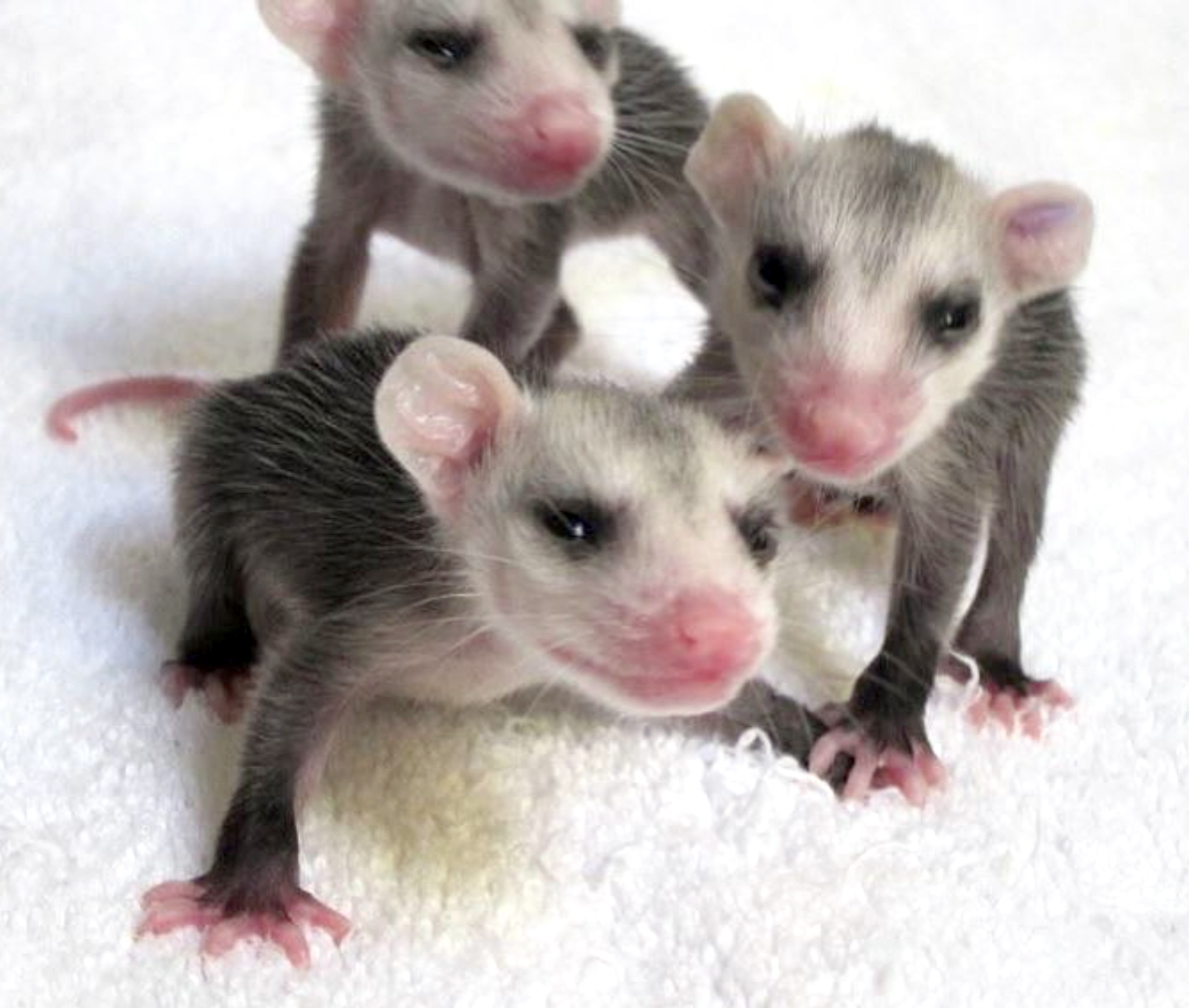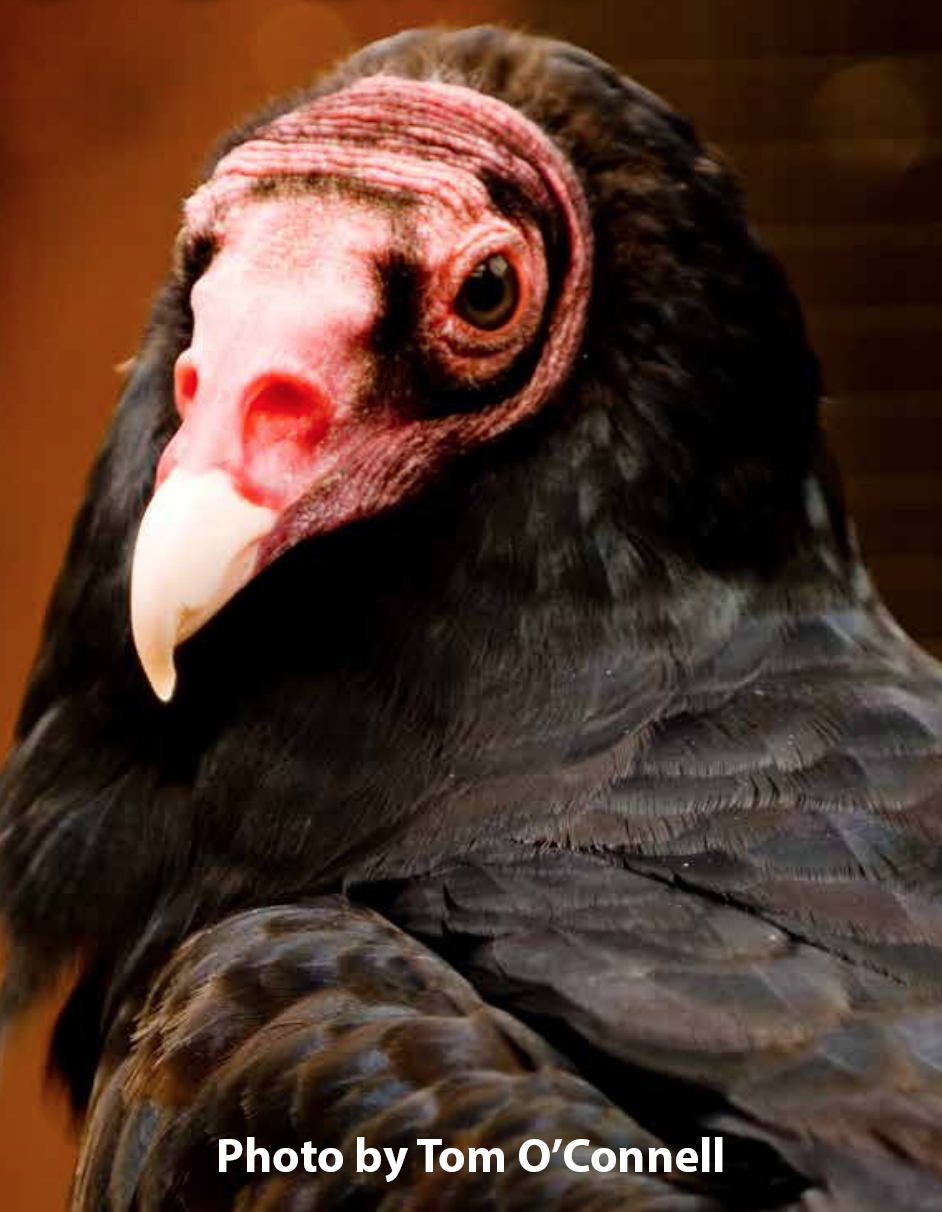Friday
April 9th, 2021
⬅ Click here to return to the Spring Camp portal
| Day | Schedule |
|---|---|
| Friday 4/9/2021 |
Ways to help wildlife Meet Trill, the Western Screech Owl Make a raptor window decal Click on follow-up DIY activities below: Print Friday's activities |
Ways to be a Wildlife Hero
You can open and print the Ways to be a Wildlife Hero idea bubbles that appeared throughout camp by clicking below!

You are invited to participate in the
Cleanup Challenge!
 Every year on the International Coastal Cleanup Day in September, people all over the world team up to clean up trash from beaches. In 2018, more than ONE MILLION people volunteered and collected over 23 million pounds of trash across 22,300 miles of beaches, coastlines and waterways in 122 countries in a single day! That's 97,457,000 individual pieces of trash!
Every year on the International Coastal Cleanup Day in September, people all over the world team up to clean up trash from beaches. In 2018, more than ONE MILLION people volunteered and collected over 23 million pounds of trash across 22,300 miles of beaches, coastlines and waterways in 122 countries in a single day! That's 97,457,000 individual pieces of trash!

Every single person who helped to clean up the beaches made a positive impact on the environment and helped wildlife. The hard work of all the volunteers added up to make an even bigger positive impact, showing that every little bit of help counts!

We don't have to wait for the next International Coastal Cleanup Day to get started cleaning up our environment. Every piece of trash we pick up in nature and throw away is one less piece of trash that could harm a wild animal.
We can have a positive impact to help wildlife survive and thrive in their habitats, everyday.
We can start today!

Here's what you will need:
Begin your Cleanup on your next adventure outdoors, whether it is around your neighborhood, in a park, in your yard, or somewhere in nature. Put on a pair of gloves, get a trash bag ready, and with an adult begin your search for litter. Look for tiny trash, plastic trash, paper trash, and collect it in your trash bag.
Caution: Be safe and do not pick up any trash that looks SHARP, RUSTY, HEAVY, OR ICKY GOOEY DISGUSTING. Do not pick up a bag of doggie doo doo either! Tell an adult where you see any of these off-limits trash items.
Keep track of how many individual pieces of trash you pick up. Challenge yourself and your adult to pick up 10 pieces of trash. If that was hard to do, you might be in an environment that is pretty clean! If it was super easy to find 10, then increase your goal to 20.
Take a picture of the trash you collected! Share a photo of your total haul or any particularly interesting trash with your class. (Did it wash up on the beach after floating in the ocean for 60 years? Is it obviously from a UFO?)
At the end of your Cleanup adventure, throw away your collected trash in the proper bin. If you were wearing disposable gloves, throw those out too. If you were wearing reusable gloves like garden gloves, put them in the laundry basket to be washed. Finally, wash your hands, and feel proud for having made a positive impact on your environment!
How might your positive impact grow and multiply if you did the Cleanup Challenge a second time this week? What if you did it every time you go out into nature? What if you asked friends or family to try the challenge?

Other ways to keep wildlife safe from our waste:

Wildlife are attracted to smells of food in our trash, and can end up eating our foods which are not good for them. They can also accidentally eat plastic, or get tangled in packaging like soda rings, plastic mesh bags, and food containers. If they get used to eating food from people, they can get hurt or killed by spending more time around roads with fast moving cars, and backyards with dogs and cats. There are lots of ways we can keep wildlife safe from our waste.
Try some of these ideas at home, and see if you can think of anything else you can do to help wildlife in your neighborhood!
Secure the lid on your trash, recycling, and compost bin: Use a bungee cord, lock, or heavy object like a cinder block.
Wash out food containers before putting them in the trash or recycling: Wash out cans, yogurt containers, jam jars, pasta sauce jars, etc.
Cut apart items that an animal could get stuck in: Cut soda rings, plastic mesh bags (like what mandarin oranges come in), plastic food containers, etc.
Tie plastic bags in a knot or collect them to recycle: Tying used plastic bags in a knot can prevent them from getting blown away in the breeze. Some grocery stores like Safeway accept clean plastic bags for recycling.
Reduce your waste, reuse items, and find out what can be recycled where you live!
Click here for ideas from Kids National Geographic on how to organize a Cleanup Day in your neighborhood!
Scroll down for the next activity
⬇
WildCare Videos: Going home!

It's always a great day when a patient at WildCare fully recovers from their injuries or illness, or becomes old enough to be released to the wild. Watch as a Badger is released back into her habitat, and camouflages in the dry grass!
Video clip is 1 minute long.

The orphaned Virginia Opossums in the next video were raised by WildCare Foster Care volunteers after their mother was hit by a car. Watch as they are released back into their habitat!
Video clip is 1 minute long.

The Turkey Vulture in this video arrived at WildCare covered in mud and very lethargic. WildCare's Medical Staff suspected he had been poisoned based on his symptoms, and the diagnosis was confirmed when the bird vomited the bright teal green of rat poison. Fortunately, with the excellent care he received at WildCare, this Turkey Vulture made a full recovery and was released back into the wild.
Video clip is 4 minutes long.
Scroll down for more activities
⬇
Animal Jokes and Puzzles
Here are a few more cheesy animal jokes that might make you and your family laugh, 😂 or just roll their eyes! 🙄
How do you count cows?
With a cowculator!
What do you call a fish without an eye?
Fsh!
What do you call an alligator who solves mysteries?
An investigator!
Why do crabs never share?
Because they’re shellfish.
What do you call a bird in the winter?
Brrrr-d!
Where do fish keep their money?
In a river bank!
What did the Turkey Vulture bring on the airplane?
Just a carrion.
...get it?! 😆
Bird Breakfast Buffet: Scrambled Words
What might these birds eat for breakfast?
Unscramble the words to find out.
I’m a hummingbird, and I’d love some... CRANET
I’m a finch, and I’d love some... URDSTAM DESSE
I’m a pelican, and I’d love to eat some... HSFI
I’m a peregrine, and I’d love to eat a... NOPGIE
I’m a turkey vulture and I eat... EDDA ISGHTN
I’m an oriole, and I love to eat... TRIFU
I’m a chicken, and I’d love to eat a... PTENIECED
I’m a duck, and I love to eat... DNOP EDEW
I’m a kestrel, and I’d love a... TICKECR
I’m a scrub jay, and I’d love to eat... SCRONA
I’m a gull, and I’d love to eat... CRALBESNA
I’m an owl, and I’d love a... ATR RO SEMOU
Yum. That was good!
Find answers to your questions about Spring Camp below, or send us an email
Click on the Zoom link sent to your email with your registration confirmation. You will be prompted to either download the Zoom app and join from there, or you can choose to join from your web browser without creating an account. The password is embedded in the link; do not share the link with anyone outside of camp!
Yes! Campers will have plenty of time to ask questions, share stories, and interact with other campers and our wildlife educators over Zoom. Sometimes campers will be automatically muted while our wildlife educators are presenting.
Yes! Campers will get to ask questions and interact with our wildlife educators as they introduce a different non-releasable Wildlife Ambassador animal each day of camp.
Pick up a complimentary packet of printed materials from WildCare before the week of camp, or download and print the craft activity for each day. Please have your camper join the Zoom meeting ready with the printed activity for the day, scissors, and coloring supplies.
Please pick up ahead of time 7 days a week 9am-5pm from March 15th to April 2nd. Come to our front gate and push the Ring button to be assisted. Let the staff member who greets you know that you are here to pick up your Spring Camp packet, and they will bring it to you.
WildCare's address is:
76 Albert Park Lane,
San Rafael, CA 94901.